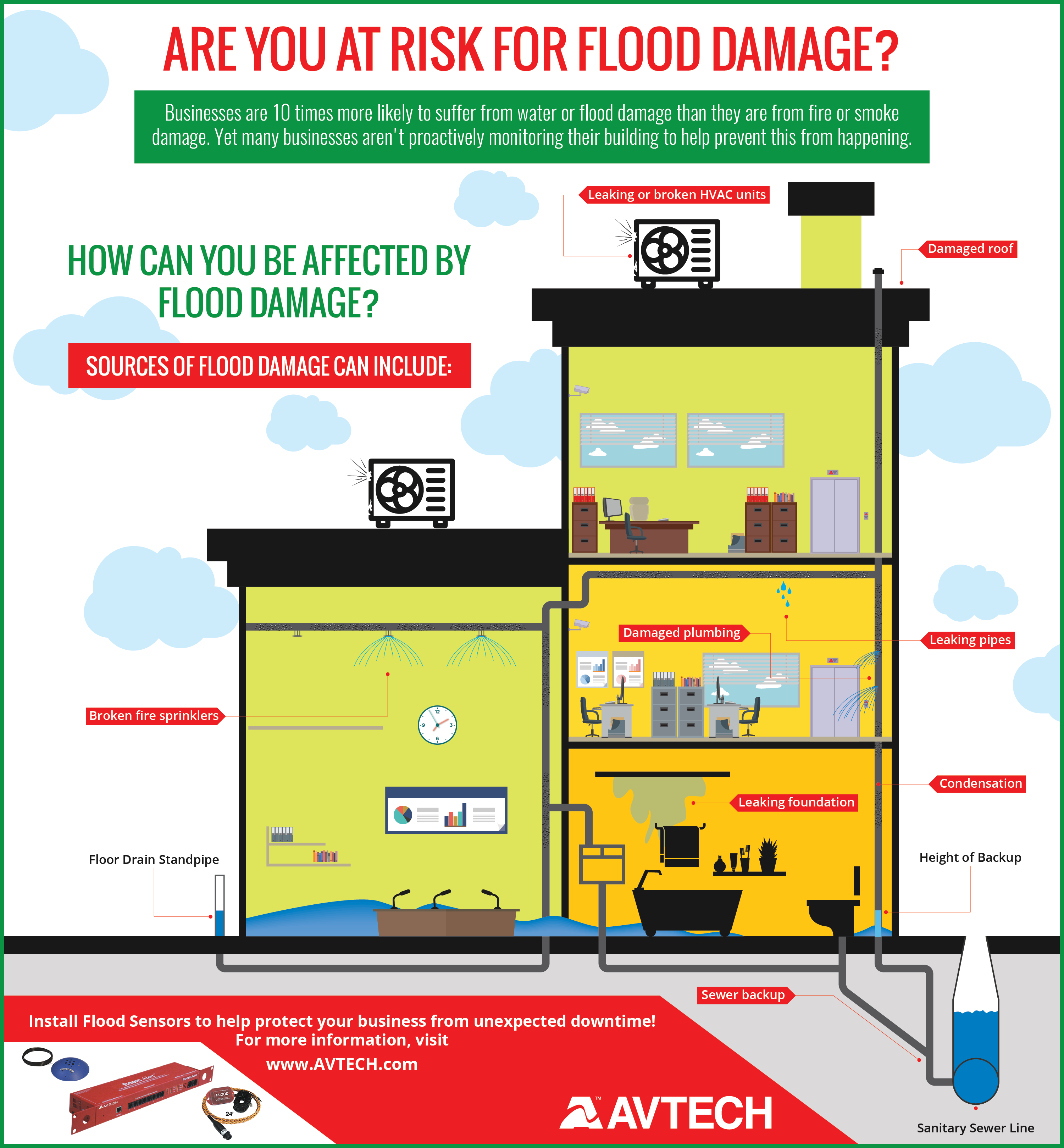To What Extent Does Weather Influence The Toughness Of Your Roof Covering? Discover Crucial Recommendations To Protect It From The Elements Before It's Far Too Late
To What Extent Does Weather Influence The Toughness Of Your Roof Covering? Discover Crucial Recommendations To Protect It From The Elements Before It's Far Too Late
Blog Article
Posted By-Barrera Gordon
When it comes to your roofing, the weather plays a vital role in its overall health and life-span. You might not recognize just how rainfall can bring about leakages or how hefty snow can stress the framework. Also the sun's relentless rays can deteriorate your roofing products over time. It is essential to recognize these impacts, but what can you do to secure your roofing system from the aspects? Exploring maintenance methods and product options could be key to ensuring your roofing stands strong versus whatever Nature throws its way.
Effects of Rain on Roof covering
Rainfall can be a silent enemy to your roofing, causing both instant and long-term damage. When water leaks into splits or voids, it can lead to leakages, which may not show up right now. You may observe a tarnish on your ceiling, however already, the moisture can have currently endangered your roof structure.
Gradually, roof installation to rainfall can compromise roof products. Tiles may warp, crinkle, or perhaps degenerate, leaving your home prone to more water intrusion. Mold and mildew flourish in moist problems, which can jeopardize your interior air high quality and cause health issues.
Standing water on your roofing can also create serious troubles. It adds unneeded weight, enhancing the risk of architectural failing. And also, it can speed up the deterioration of your roof covering products, making replacements a lot more constant and expensive.
To protect your roof covering, ensure your gutters are tidy and functioning appropriately to draw away rainwater away. Regular inspections can assist you catch possible troubles before they rise.
Taking these actions currently can conserve you money and time in the future, keeping your home safe and dry.
Impact of Snow and Ice
When winter months arrives, snow and ice can posture significant hazards to your roof, much like rainfall. Gathered snow can be fairly hefty, and if it does not glide off, it can develop a dangerous lots that your roof mightn't be able to support. This pressure can result in sagging, leakages, or even architectural failure.
Ice can also trigger problems, especially with ice dams. When snow on your roofing system melts, it can flow down and refreeze at the eaves, creating a dam that protects against proper drain. Water after that backs up under shingles, bring about leaks and water damages inside your home.
To safeguard your roof covering, it's essential to maintain seamless gutters clear of particles, allowing for correct drainage. Routinely checking your roofing system for signs of wear and damage can aid capture concerns early.
If you notice a considerable amount of snow, consider employing an expert to remove it securely. Keep in mind, it's much better to be proactive concerning snow and ice than to manage pricey repair work in the future. Taking these steps can assist ensure your roof covering stands up to the cold weather without severe issues.
Sunlight and Temperature Level Challenges
While you might delight in warm days, long term exposure to sunshine and extreme temperatures can be detrimental to your roofing. UV rays can break down roof products over time, resulting in bending, splitting, or fading. If your roofing's roof shingles are made from asphalt, they might become fragile under intense heat, making them more susceptible to damage.
Furthermore, high temperatures can enhance the risk of thermal development. As kitchen contractors san antonio increase during the heat of the day and agreement in the evening, this consistent cycle can develop tension on your roofing system, possibly causing leaks or other architectural concerns.
You might likewise notice boosted energy prices as your air conditioning system works harder to deal with heat buildup in your attic room.
It's necessary to pick roof covering materials that can endure your regional climate's temperature level fluctuations. Light or reflective roof covering can help reduce warmth absorption, while proper air flow in your attic can preserve a balanced temperature.
Routine assessments and maintenance can additionally catch problems early, guaranteeing your roof covering remains in optimal condition. By staying positive, you'll protect your financial investment and extend your roof's life expectancy regardless of the difficulties postured by sunshine and temperature level extremes.
Conclusion
In conclusion, understanding how weather condition affects your roofing system is crucial for keeping its stability and durability. Rain can result in leakages, snow and ice can create heavy loads, and long term sun direct exposure can create materials to break down. By staying proactive with normal maintenance and picking the appropriate materials, you can safeguard your roof from the components. Remember, a well-maintained roof covering not only improves your home's worth however also keeps you secure and comfortable for many years to come.
